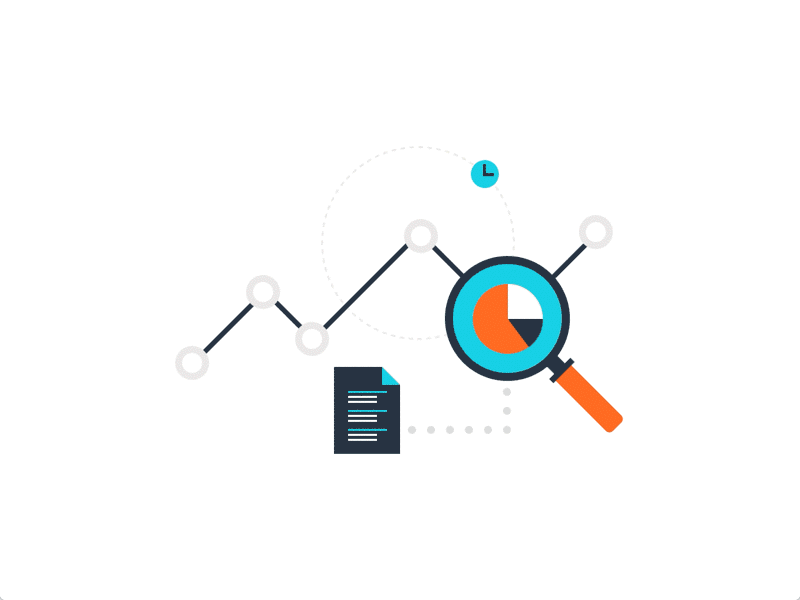Trickbot and Emotet trojans driving spike in ransomware attacks
Trickbot and Emotet have topped the Global Threat Index, and are being used for distributing ransomware against hospitals and healthcare providers globally, according new research from Check Point.
Check Point’s latest Global Threat Index for October 2020 found the Trickbot and Emotet trojans continue to rank as the top two most prevalent malware in October, and that the trojans have been responsible for the sharp increase in ransomware attacks against hospitals and healthcare providers globally.
The FBI and other U.S. government agencies recently issued a warning about ransomware attacks targeting the healthcare sector, warning that the estimated one million-plus Trickbot infections worldwide are being used to download and spread file-encrypting ransomware such as Ryuk. Ryuk is also distributed via the Emotet trojan, which remains in 1st place in the Top Malware Index for the fourth month in succession.
Check Point threat intelligence data showed that the healthcare sector was the most targeted by ransomware in the U.S. in October, with attacks increasing by 71% compared with September 2020. Similarly, ransomware attacks against healthcare organisations and hospitals in October increased by 36% in EMEA and 33% in APAC.
“We’ve seen ransomware attacks increasing since the start of the coronavirus pandemic, to try and take advantage of security gaps as organisations scrambled to support remote workforces,” says Maya Horowitz, director, threat intelligence & research, products at Check Point.
“These have surged alarmingly over the past three months, especially against the healthcare sector, and are driven by pre-existing TrickBot and Emotet infections.
“We strongly urge healthcare organisations everywhere to be extra vigilant about this risk, and scan for these infections before they can cause real damage by being the gateway to a ransomware attack.”
The research team also warns that MVPower DVR Remote Code Execution is the most common exploited vulnerability, impacting 43% of organisations globally, followed by Dasan GPON Router Authentication Bypass and HTTP Headers Remote Code Execution (CVE-2020-13756) with both impacting 42% of organisations globally.
Top…


